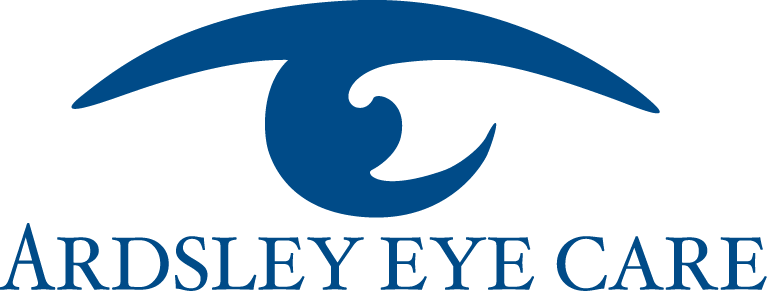Myopia Control Basics
What is Myopia?
Myopia, or nearsightedness, is the most common reason why many people wear glasses or contact lenses throughout the day (as opposed to only when they read up close). There are three main reasons why a person may be myopic, but in each case, the central issue is that the eyes are "too powerful," and are focusing images in front of the retina, instead of precisely onto it. In many cases this is because the eyeballs are too elongated, other times it's because the front surface of the eyes is too steeply curved, and in some cases, it's because the lens that rests in the middle of our eyes is too thick.
Across the board, it's well-understood that the prevalence of myopia is growing rapidly. Currently, roughly 23% of the world's population is thought to be myopic. This figure is expected to increase to over 49% by the year 2060. Aside from genetics, the main driving forces behind this significant increase are:
1) Increased near work (computer/phone/tablet/books) seen in children at younger and younger ages.
2) Decreased time spent outdoors
These two factors go hand-in-hand, since the main controllable factor that increases nearsightedness is how much time you spend looking at things up close, and this is not something you tend to do as much, the more time one spends outdoors.
Average degrees (1-3 diopters) of myopia are thought to be generally harmless, but once a patient's prescriptions goes beyond roughly 4 diopters, we start to see an increased prevalence of retinal detachments, glaucoma, myopic macular degeneration, and premature cataracts.
Slowing down the progression of our pediatric patients' myopia has become a higher priority over the past 10 years, as a variety of methods have been developed to reduce a patient's final nearsighted prescription. It should be noted that these methods do not reverse myopia that is already present, nor do they completely halt the progression of myopia. There are several interesting calculators available online that can predict a child's final glasses prescription (when they're in their mid-20's), based on their current age and prescription, and the glasses prescription of both parents. The goal of myopia control is to slow down the progression of myopia and to reduce a patient's final prescription relative to what would be predicted using these calculators.
Myopia Control Options
At this time in the U.S., there are three main methods for reducing the rate of myopia progression:
1) Soft, multifocal contact lenses
These lenses are worn during the day, and for the patient, are indistinguishable from typical contact lenses in terms of vision and comfort. The design of the lens changes the way light is focused on the periphery of the retina in a way that discourages elongating growth of the eyeball. This slows down changes that lead to greater myopia.
2) Rigid, reverse-geometry lenses.
Commonly known as orthokeratology, these lenses are worn at night to reshape the cornea. The effect on the cornea is such that light is focused similarly to a soft multifocal lens, and globe elongation is discouraged.
3) Low-dose Atropine drops.
Low concentrations of Atropine drops are given daily to partially paralyze the focusing muscles of the eyes, interrupting the feedback loop by which extensive near work leads to increased myopia.
Each method has its merits and drawbacks. What's best for one child may not work for another, depending on lifestyle, daily schedule, and the parents' threshold for acceptable risk. Don't hesitate to ask Dr. Wolfe at you or your child's next exam about how early intervention with myopia may improve your child's visual outcomes!
